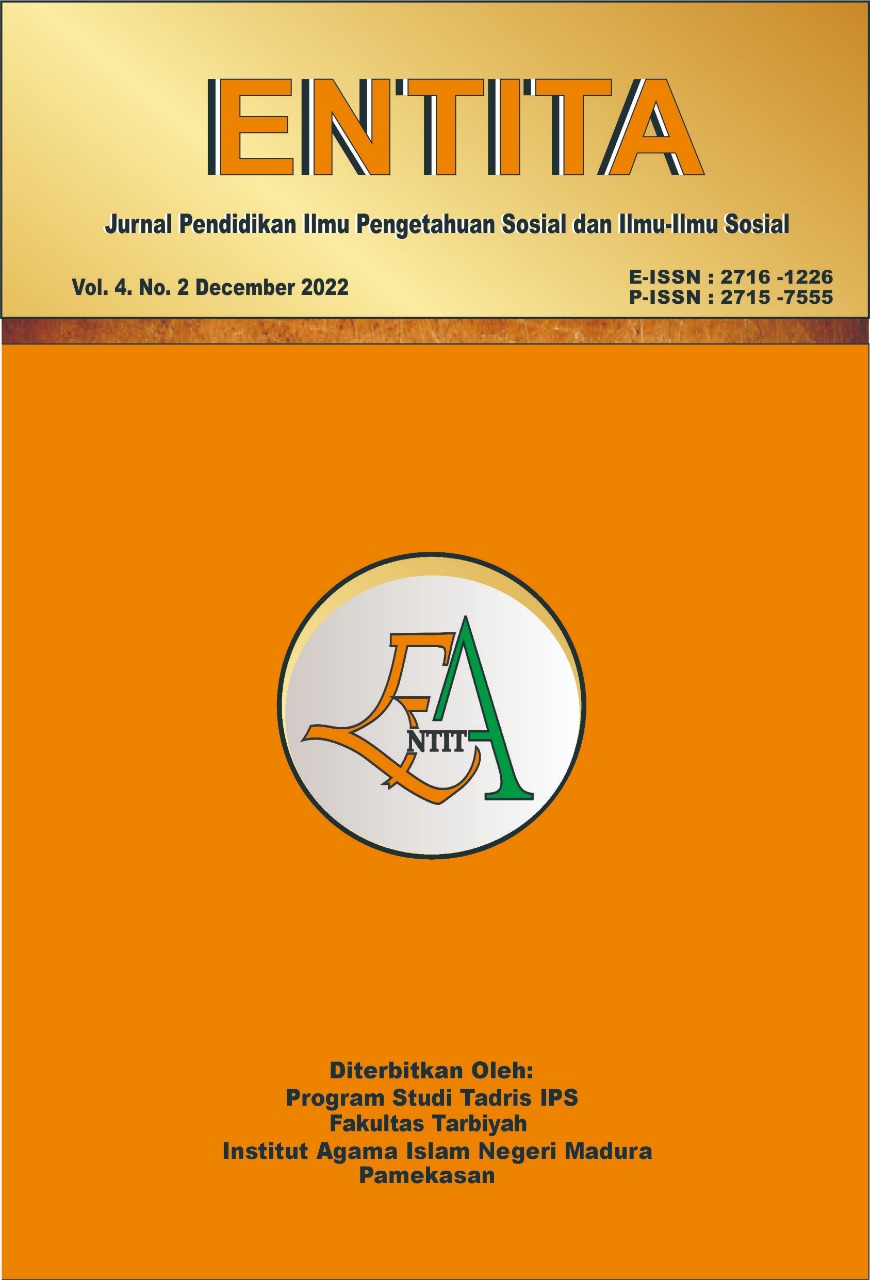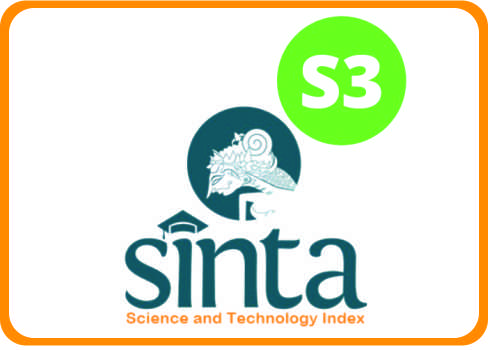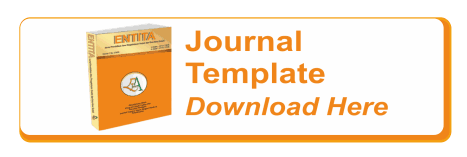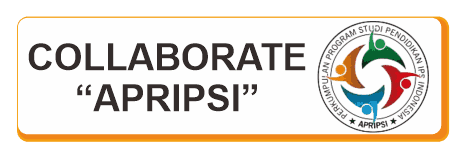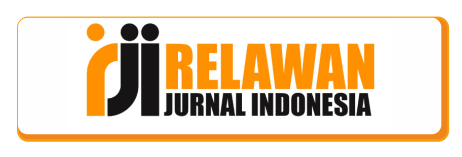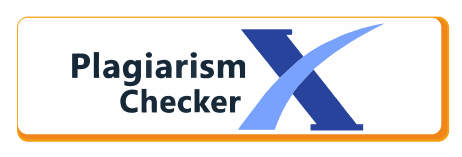The Use of Comic Natural Disaster Mitigation in Social Studies Learning to Improve Student Preparedness
 Abstract views: 619
,
Abstract views: 619
,
 PDF downloads: 668
PDF downloads: 668
Abstract
This research stems from the urgency of implementing mitigation education in schools, especially in areas with a high level of vulnerability to disasters. Basically, in Indonesia, the disaster mitigation curriculum is implemented by being integrated into subjects, including social studies. Based on its geographical location, SMPN 3 Cibadak, Sukabumi Regency, is an area crossed by the Cimandiri Fault, so it is vulnerable to earthquake disasters. In addition, the area is prone to disasters and ranks third nationally. This research was conducted based on observations and interviews with research subjects. This study aims to improve students' disaster preparedness by using comics with the theme of disaster mitigation designed by researchers. The method used is the Class Action Research (CAR) model by Kemmis and Mc. Taggart. The results showed that comics and learning improvement steps could increase students' disaster preparedness. The increase in preparedness was concluded based on the results of observations and also tests carried out. The thing that influences it is a story that relates things close to students and interesting for them. So that students have an interest in studying comics, and students' understanding increases. In addition, it is influenced by the concepts that exist in comics such as "if history" or bringing students into integrated historical material presented in subjects that also contribute to understanding the content of comics. Besides, appropriate learning methods are needed and not only reading comics activities but are directed to other activities such as discussions, questions and answers, games, simulations or role playing with comics as scenarios.
Downloads
References
Andrayani, S. (2017). Pengembangan Komik pada Mata Pelajaran IPS Sekolah Dasar Kelas 5.
Arifianti, Y. (2011). Mengenal Tanah Longsor Sebagai Media Pembelajaran Bencana Sejak Dini. Bulletin Vulkanologi Dan Bencana Geologi, 6(No.3), 17–24.
Bastiandy, B. (2019). Kerawanan Bencana di Kabupaten Sukabumi Peringkat Ketiga.
BNPB. (2019). Buku Saku Tanggap Tangkas Tangguh Menghadapi Bencana.
Daryanto. (2016). Media Pembelajaran. Gava Media.
Direktorat SMP. (2021). Menjadi Guru Pembelajar dengan Lesson Study.
Hayudityas, B. (2020). Pentingnya Penerapan Pendidikan Mitigasi Bencana di Sekolah untuk Mengetahui Kesiapsiagaan Peserta Didik. Jurnal Non Formal Universitas Kristen Satya Wacana, 1(No 2), 94–102.
Honesti, L., & Djali, N. (2012). Pendidikan Kebencanaan Di Sekolah-Sekolah Di Indonesia Berdasarkan Beberapa Sudut Pandang Disiplin Ilmu Pengetahuan. Jurnal Momentum, 12(1).
Hopkins, D. (2011). Panduan Guru: Penelitian Tindakan Kelas (A Teacher’s Guide to Classroom Research edisi 4) (4th ed.). Pustaka Pelajar.
Indriasari, F. N., Hapsara, S., & Setyarini, S. (2015). Pengaruh Pelatihan Siaga Bencana Gempa Bumi Terhadap Kesiapsiagaan Anak Sekolah Dasar dalam Menghadapi Bencana di Sekolah Dasar.
Kemendikbud. (2019). Satuan Pendidikan Aman Bencana Kebijakan dan Implementasi di Indonesia. 19.
Komalasari, K. (2014). Pembelajaran Kontekstual Konsep dan Aplikasi. PT Refika Aditama.
Lo, P., Lyu, Y. P., Chen, J. C. chen, Lu, J. L., & Stark, A. J. (2022). Measuring the educational value of comic books from the school librarians’ perspective: A region-wide quantitative study in Taiwan. Journal of Librarianship and Information Science, 54(1), 16–33. https://doi.org/10.1177/0961000620983430
Lu, Y., Wei, L., Cao, B., & Li, J. (2021). Participatory child-centered disaster risk reduction education: an innovative Chinese NGO program. Disaster Prevention and Management: An International Journal, 30(3), 293–307. https://doi.org/10.1108/DPM-03-2020-0066
Maryani, E. (2010). Model Pembelajaran Mitigasi Bencana dalam Ilmu Pengetahuan Sosial di Sekolah Menengah Pertama*) Oleh: Enok Maryani**). 1–17. https://ejournal.upi.edu/index.php/gea/rt/printerFriendly/1664/0
Muttaqin, M. (2014). Tingkat Pengetahuan Siswa dalam Mitigasi Bencana Gempa Bumi di SMP Muhammadiyah 20 Kebonarum Kabupaten Klaten. http://eprints.ums.ac.id/29879/
Pratama, T. K., Sarir, R. R., Utami, N. Z., & Ana Zairotul. (2020). Respon Mitigasi Bencana Gempa Bumi Di SMP M 7 Bayat Dan SMP MBS 2 Prambanan. Jurnal Geografi, Edukasi Dan Lingkungan (JGEL), 4(No. 1), 39–49.
Rahma, A. (2018). Implementasi Program Pengurangan Risiko Bencana (PRB) Melalui Pendidikan Formal. Varia Pendidikan, 30(No. 1), 1–11.
Ramadhan, B. S., & Rasuardie, R. (2020). Kajian Industri Komik Daring Indonesia: Studi Komik Tahilalats. JSRW (Jurnal Senirupa Warna), 8(1). https://doi.org/10.36806/jsrw.v8i1.80
Safitri, S. (2015). Telaah Geomorfologi Kerajaan Majapahit. Criksetra: Jurnal Pendidikan Sejarah, 4(No. 1).
Sharpe, J., & Izadkhah, Y. O. (2014). Use of comic strips in teaching earthquakes to kindergarten children. Disaster Prevention and Management: An International Journal, 23(2), 138–156. https://doi.org/10.1108/DPM-05-2013-0083
Shiwaku, K., & Shaw, R. (2008). Proactive co-learning: A new paradigm in disaster education. Disaster Prevention and Management: An International Journal, 17(2), 183–198. https://doi.org/10.1108/09653560810872497
Sopaheluwakan, J., Hidayati, D., Permana, H., Pribadi, K., Ismail, F., Meyers, K., Titik, W., Del, H., Bustami, A., Fitranita, D., Ngadi, L. N., Kumoro, Y., Rafliana, I., Argo, T., & Kajian, T. (2006). Kajian Kesiapsiagaan Masyarakat dalam Mengantisipasi Bencana Gempa Bumi & Tsunami. LIPI-UNESCO.
Sumiharsono, R., & Hasanah, H. (2017). Media Pembelajaran. CV Pustaka Abadi.
Supriatna, N., & Maulidah, N. (2020). Pendagogi Kreatif: Menumbuhkan Kreativitas dalam Pembelajaran Sejarah dan IPS (1st ed.). PT Remaja Rosdakarya.
Widiandari, A. (2021). Penanaman Edukasi Mitigasi Bencana pada Masyarakat Jepang. Jurnal Studi Kejepangan, 5(1).
Wihyanti, R. (2020). Analisis Inovasi Pendidikan Kebencanaan di Sekolah di Indonesia. 16–21.
Wolthuis, F. (2020). Between lethal and local adaptation: Lesson study as an organizational routine.
Zainab, S., & Kamaroellah, A. (2019). Pengaruh Pemberian Reward Terhadap Motivasi Belajar Siswa pada Pembelajaram IPS di SMPI Nurul Yaqin Bujur Timur Batu Marmar Pamekasan. Entita: Jurnal Ilmu Pengetahuan Sosial dan Ilmu-Ilmu Sosial, 1(1).
Copyright (c) 2022 ENTITA: Jurnal Pendidikan Ilmu Pengetahuan Sosial dan Ilmu-Ilmu Sosial

This work is licensed under a Creative Commons Attribution-NonCommercial 4.0 International License.
ENTITA: Jurnal Pendidikan Ilmu Pengetahuan Sosial dan Ilmu-Ilmu Sosial operates an Open Access policy under a Creative Commons Non-Commercial 4.0 International license. Authors who publish with this journal agree to the following terms:
- The copyright of the received article once accepted for publication shall be assigned to the journal as the publisher with licensed under a

- Journal is able to enter into separate, additional contractual arrangements for the non-exclusive distribution of the journal's published version of the work (e.g., post it to an institutional repository or publish it in a book), with an acknowledgement of its initial publication in this journal.
- Journal is permitted and encouraged to post their work online (e.g., in institutional repositories or on their website) prior to and during the submission process, as it can lead to productive exchanges, as well as earlier and greater citation of published work (see The Effect of Open Access).
- Here is Copyright Transfer Form that author can download and send to OJS during submission.


